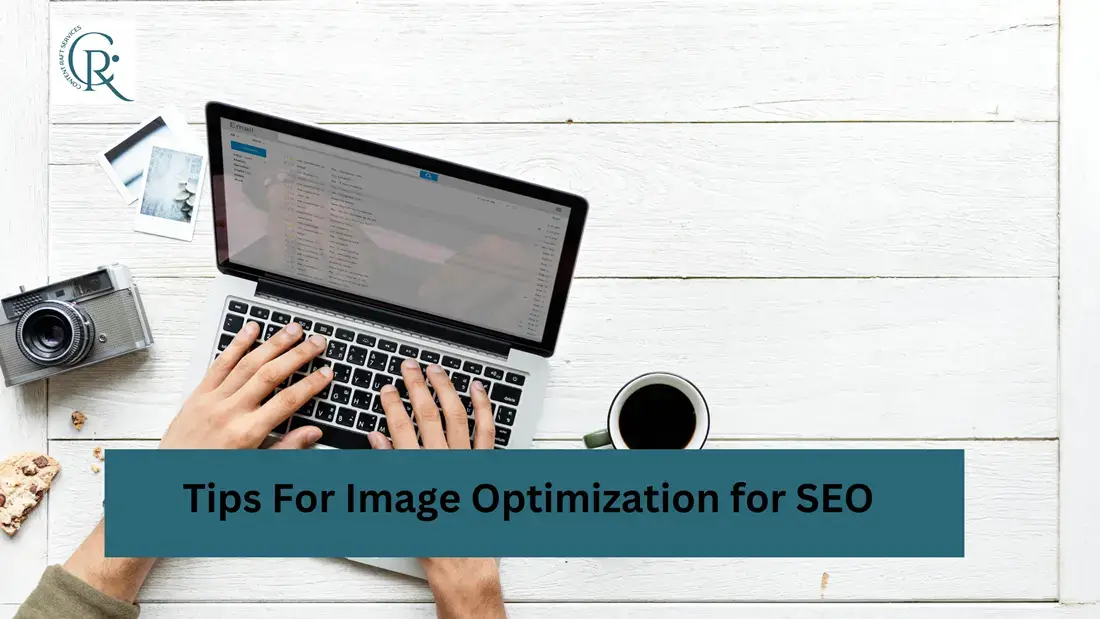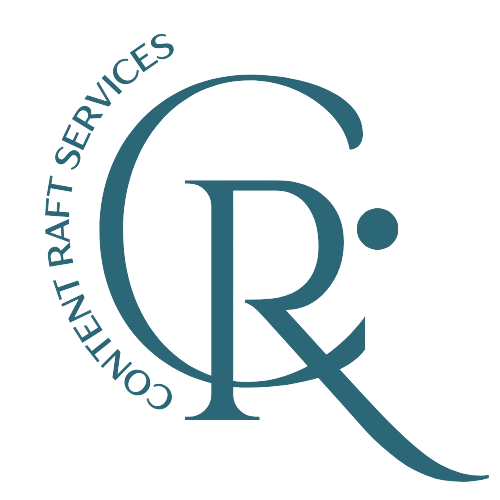
Optimizing images for SEO is essential for improving your website’s visibility, user experience, and loading speed. Search engines can’t “see” images the way humans do, so proper optimization helps them understand the content and context of your visuals. Below are key strategies to ensure image optimization for SEO so they are both discoverable and performance-optimized.
Key Tips For Image Optimization for SEO
1. Choose the Right Image File Type
Selecting the appropriate image format can drastically affect loading speed and visual quality:
- WebP: Offers superior compression with high quality; ideal for most web uses.
- PNG: Great for transparent backgrounds and images with sharp text or edges.
- JPG/JPEG: Best for photographs and complex images due to balanced quality and file size.
- AVIF: A newer format with excellent compression and image quality; gaining adoption.
Using the right format ensures your images load quickly without compromising on clarity.
2. Resize and Compress Images
Resize
Always use images sized appropriately for their placement. Avoid uploading large images that get scaled down, as they waste bandwidth.
Compress
Use image compression tools (like Convertfiles.ai, TinyPNG, or Cloudinary) to reduce file size without noticeable quality loss. This improves page load times, directly impacting SEO rankings.
3. Optimize Image File Names
Descriptive file names help search engines understand what the image is about:
- Do:
best-vegan-burger-nyc.jpg - Don’t:
IMG0023.jpg
Use lowercase letters, hyphens instead of underscores, and include relevant keywords when appropriate.
4. Add Descriptive Alt Text
Alt text (alternative text) is a crucial accessibility feature that also benefits SEO:
- Helps visually impaired users understand the image
- Provides context to search engines
Example:alt="A delicious vegan burger with lettuce, tomato, and avocado served on a sesame bun"
Keep it descriptive and include relevant keywords naturally.
5. Leverage Structured Data
Implementing structured data (using schema.org markup) enables search engines to better understand your images and display them as rich results or in Google Images.
Tip: Use the ImageObject schema to tag properties like image URL, caption, and license.
6. Use Responsive Images
Make your site mobile-friendly by using:
- The
<picture>element - The
srcsetattribute
These HTML techniques serve different image versions based on device screen size, enhancing performance and user experience.
7. Implement Lazy Loading
Lazy loading defers image loading until the user scrolls near them. This significantly reduces initial page load times and conserves bandwidth.
Use the loading="lazy" attribute in HTML5 for quick implementation:
html
CopyEdit
<img src="image.jpg" loading="lazy" alt="..." />
8. Create an Image Sitemap
Including images in your sitemap improves discoverability by search engines. An image sitemap provides metadata and helps ensure your images are crawled and indexed properly.
Submit your sitemap via Google Search Console for maximum visibility.
9. Optimize Page Titles and Descriptions
Your image optimization efforts should align with your page’s title tags and meta descriptions. Make sure these are:
- Relevant to the image content
- Contain target keywords
- Compelling for users
This increases the chance of your images appearing in search results alongside the page.
10. Consider Image Accessibility
Beyond alt text, consider using ARIA (Accessible Rich Internet Applications) labels or roles to provide additional context for screen readers. This ensures a better experience for users with disabilities and supports inclusive web design.
Optimizing images for search engines can significantly enhance your website’s visibility, user experience, and overall SEO performance. However, implementing structured data, creating image sitemaps, and ensuring proper indexing require technical expertise. Our SEO agency in UAE specializes in advanced image optimization, structured data implementation, and full-scale SEO strategies to help your business rank higher on Google.
Let’s optimize your website for maximum visibility! Contact us today for a free SEO consultation and see how we can improve your online presence.
Final Thoughts
Image optimization is essential for improving search rankings and user experience. By implementing these techniques, you can enhance your content’s visibility and engagement.
FAQs
What image format is best for SEO?
WebP is generally the best image format for SEO because it offers excellent compression with high visual quality, reducing load times significantly. However, JPEG is still widely used for photographs, and PNG is ideal for graphics with transparency. AVIF is emerging as a superior format for both quality and compression.
What is the best image for SEO?
The best image for SEO is one that:
- Is relevant to your content.
- Is high quality but optimized for fast loading.
- Includes descriptive alt text and a keyword-rich filename.
- Is in a format that balances quality and performance (like WebP).
- Supports accessibility and is part of your image sitemap.
